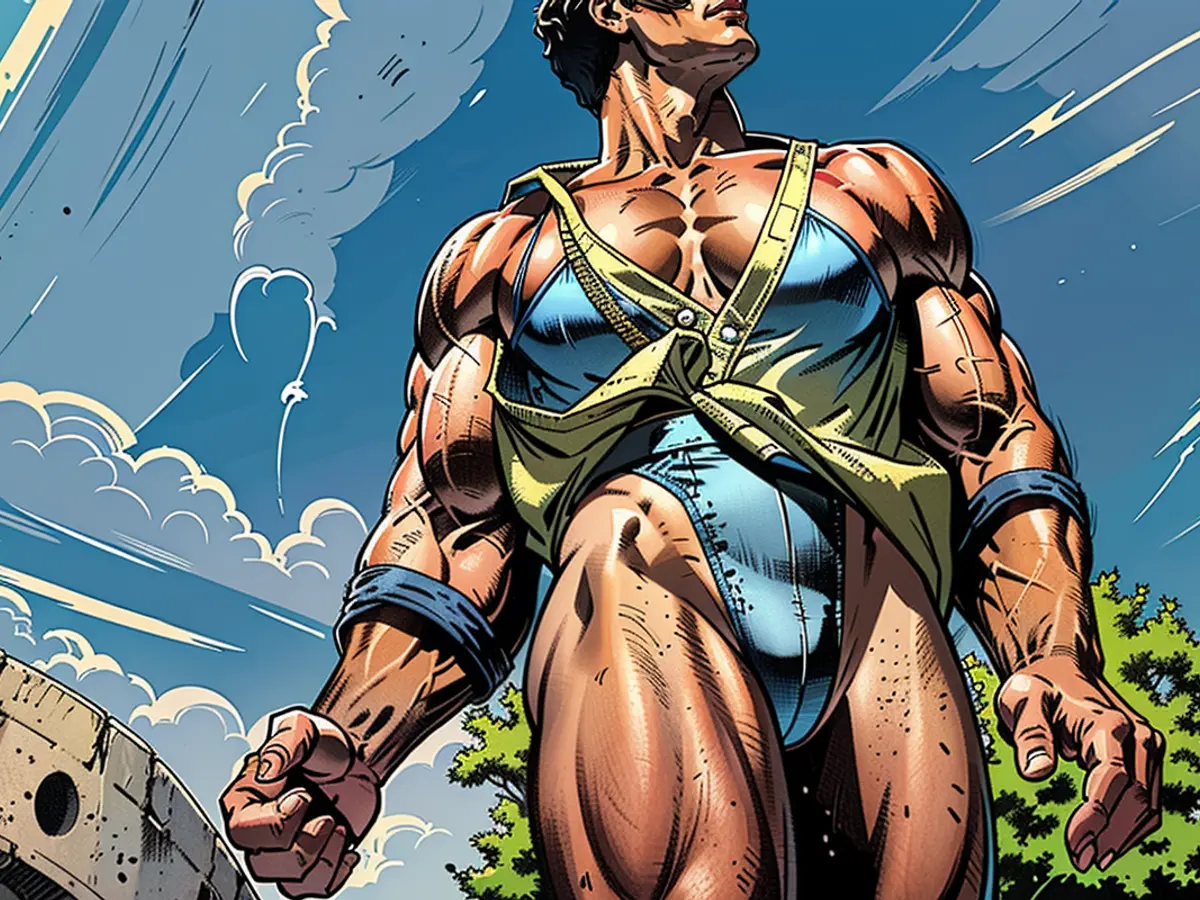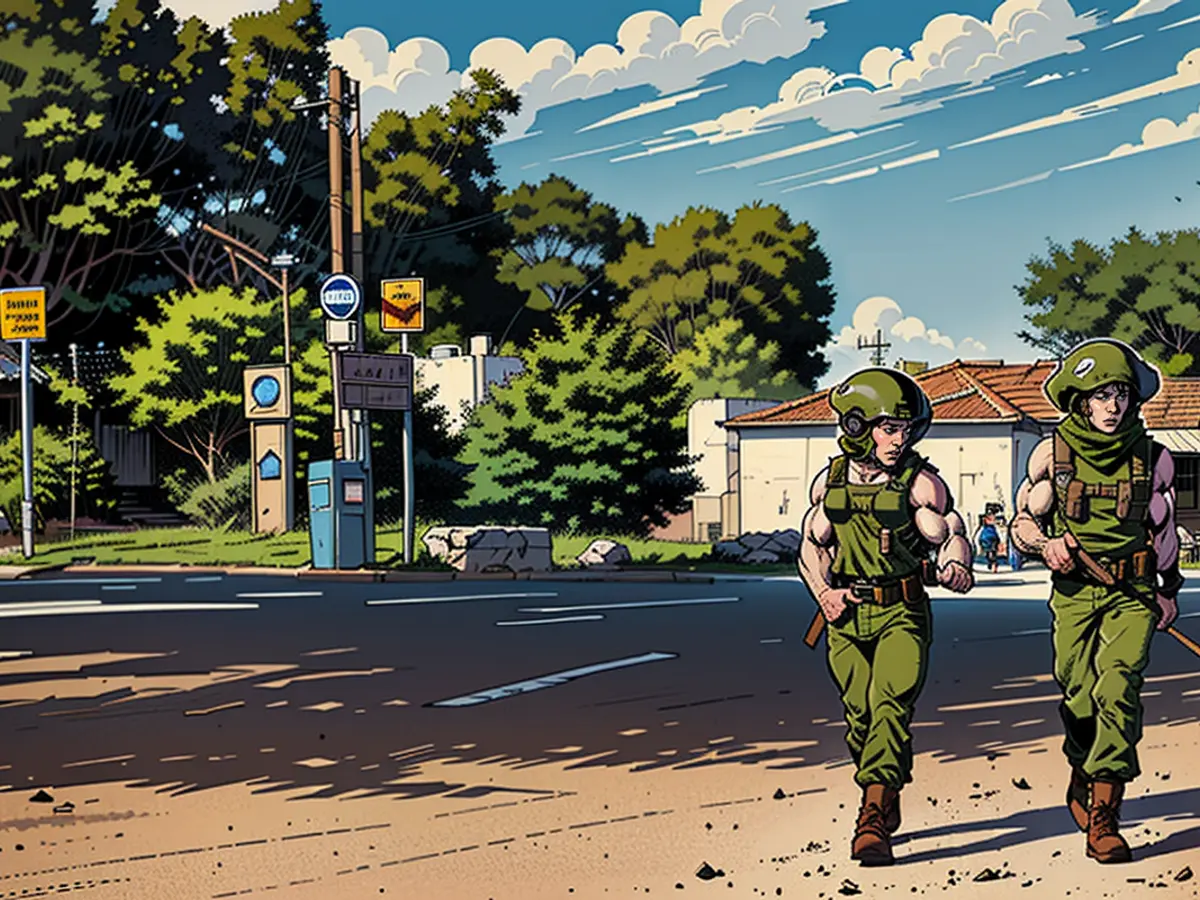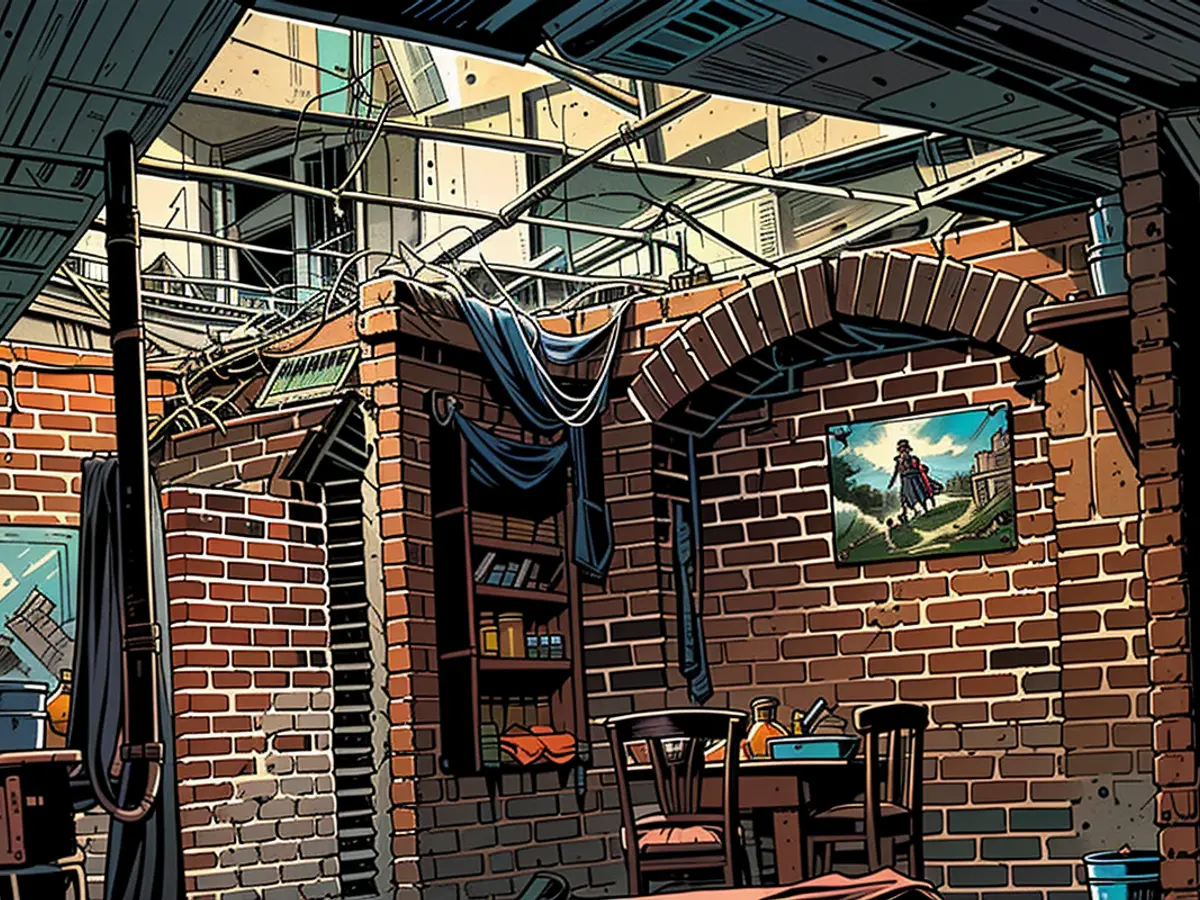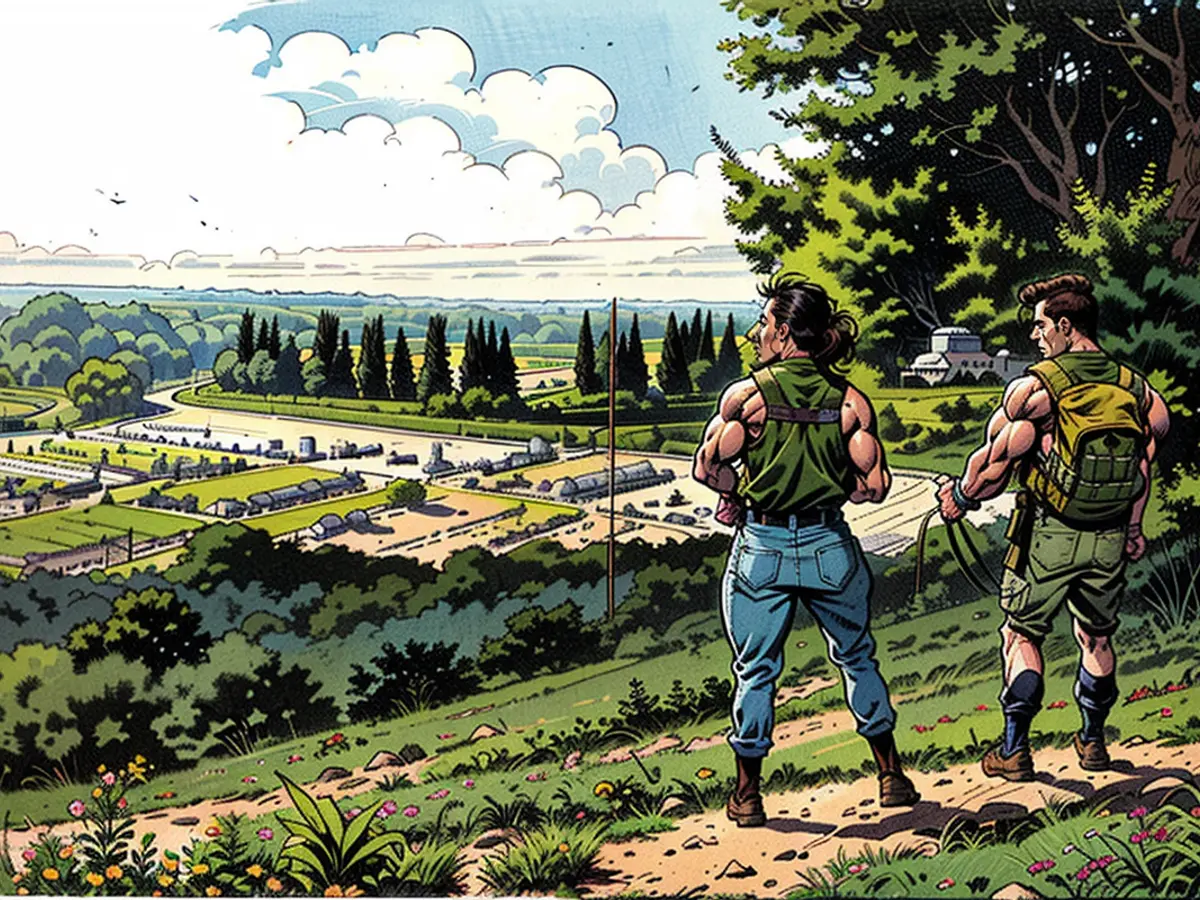In the southern region of Israel, the situation has undergone significant changes.
After the Hamas incursion a year ago, a faint semblance of normality is creeping back into southern Israel. Many are apprehensive about returning to their homes. In Kibbutz Yad Mordechai, which shares a border with Gaza, the tradition of constant defense persists.
The horror of Hamas's terror nearly reached Kibbutz Yad Mordechai: Around a year ago, hundreds of Hamas fighters and civilians surged into Israel from the Gaza Strip, claiming 1200 lives and abducting another 251. The assailants subjected their victims to mistreatment and violence, including burning, rape, and torture. If Hamas had its way, the people of Kibbutz Yad Mordechai, located just 3 kilometers north of the fortified Gaza Strip, would have been on their list as well.
"On October 7, Hamas militants attempted to penetrate the kibbutz twice, on motorcycles and pickup trucks," recalls 92-year-old Mischka Pressler. "The presence of several border police officers and the swift response of our security team prevented the attack. We were fortunate not to share the same fate as the other communities." The atrocities committed by Palestinian attackers were particularly severe in Nir Oz, Kfar Aza, Be'eri, and the city of Sderot, which is nearby Yad Mordechai.
History has a tendency to repeat itself
Pressler had already experienced the struggle for the survival of his kibbutz once before: The area was occupied by Egyptian troops shortly after the establishment of the State of Israel in May 1948. For six long months, the residents of the kibbutz valiantly fought against the superior Egyptian army before the newly established Israeli soldiers came to their aid. Many towns waited in vain for their army's aid on October 7: The surprise Hamas incursion on the early morning of a holiday left the security forces unprepared.
In Yad Mordechai, the residents were forewarned, as well as those living in other attacked settlements. Border police and armed residents secured the settlement. Later, incoming Israeli soldiers used the trenches from 1948, which are part of the local Holocaust museum, reminding them of the survival struggle that took place in 1948. But even in Yad Mordechai, life has not been the same since. The majority of residents lived elsewhere in the weeks and months following October 7 while the conflict against Hamas raged on nearby. In total, 100,000 people were relocated outside of the range of Gaza Strip rockets.
Gradual and cautious return
According to the Israeli army, over 70 percent of the residents who live within a 4 to 7 kilometer radius from the Gaza Strip have returned to their homes in recent months. However, it is worth noting that some of these areas remain military closed areas. Only around 5 percent of the residents have returned to the communities along the border. Excluding Sderot, which has an 83 percent return rate, the city being an exception.

Fear and doubt often prevail. "One should understand if the residents choose to return to their communities at their own pace," says Adi Me'iri, spokeswoman for the Sha'ar HaNegev Regional Council, which is responsible for 13 communities located near Gaza. "No one can promise that our security will be restored yet. There should be a dialogue and a rebuilding of trust. This will not work if we are forced to return under a unilaterally imposed deadline set by the government."
People are gradually and carefully making their way back home. "Life goes on, but it will never be the same as before," explains Me'iri. "There remains a certain fear, which is heightened by the fact that many hostages still held by Hamas in Gaza come from these communities. Our healing process will only begin when the war ends and everyone returns."
"People want to return to their homes and not continue living as displaced persons," says Michael Milstein, lecturer in Palestinian studies at Tel Aviv University. "However, a reduction in Israeli Defense Forces (IDF) could inevitably lead to Hamas regaining control in Gaza, which is slowly happening in some areas. This would have strategic implications." While the number of rocket attacks from Gaza has decreased, the residents of southern Israel are not reassured by this. "If Hamas regains its power, it means that the IDF was unable to defeat it," says Milstein. "It would also be inappropriate to discuss the day after and the new order in Gaza in such a situation. No one would move to this area."
Symbolic Attack
In Yad Mordechai, half of the residents have returned. Holocaust survivor and farmer Mischka Pressler is also pleased with the 18 newborns among the returnees. "Life has returned to the kibbutz," says Pressler. "In Hebrew numerology, the number 18 represents the word Chai (life), and this is the Jewish emblem for good luck."
Pressler himself fought against the Egyptians in 1948. Like most of the community, he was also evacuated on October 7. A week later, he returned with members of the security team and discovered that a rocket had struck the Holocaust museum of the kibbutz. A replica bunker was damaged, and there was also water damage. The bunker commemorates the actions of Mordechai Anielewicz. The leader of the uprising in the Warsaw Ghetto is the namesake of the kibbutz, and a statue is dedicated to him.
Mordy represents Jewish determination, much like how the kibbutz shows resilience after its defensive conflicts in 1948 and 2023. According to Pressler, the restoration of the bunker, under fire from Gaza, is a manifestation of civilian defiance. "It doesn't get more symbolic than this," Pressler remarks. "The irony in this situation is quite striking. It serves as a grim reminder that antisemitism hasn't vanished, even 80 years post-Holocaust."

Despite the tragedies and hardships experienced during the 1948 conflict and the recent Hamas incursion, the residents of Kibbutz Yad Mordechai continue to demonstrate resilience. The attempted attack on October 7, foiled by the quick response of border police and the security team, served as a stark reminder of the ongoing threat. The damaged Holocaust museum, with its replica bunker dedicated to the leader of the Warsaw Ghetto uprising, stands as a symbol of Jewish determination and civilian defiance, underscoring that antisemitism persists even 80 years after the Holocaust.









